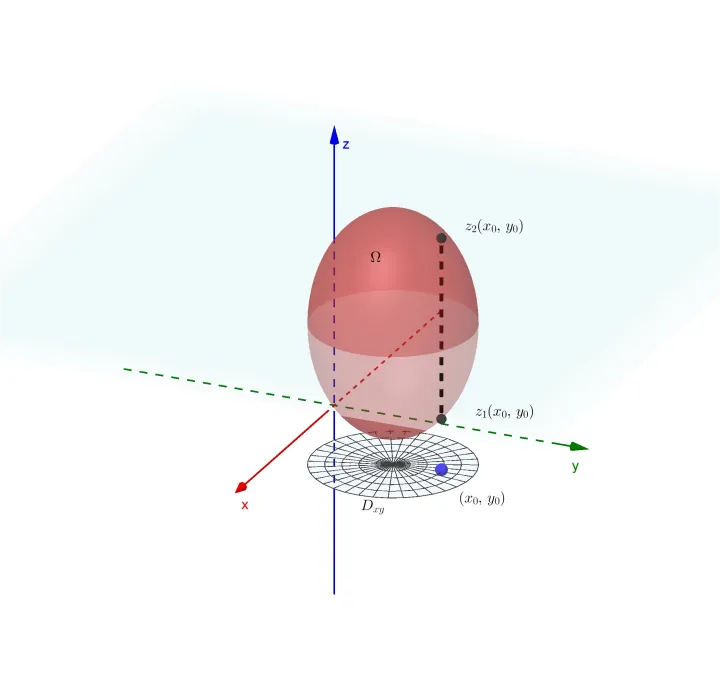简介
理查德·菲利普斯·费曼(Richard Phillips Feynman)是美国著名物理学家,在多个领域都有卓越贡献。
费曼积分的思路就是
费曼自己对它的形容是:“对积分符号内的参数求微分”。
求导之后会使得一些超越函数变为幂函数,或者一些特别函数求导后可以转变成熟悉的函数。
幂对积分
计算
an=∫01xmlnnx dx
设I(m)=∫01xm dx=m+11, 于是
I′(m)=dmd∫01xm dx=∫01∂m∂(xm) dx=∫01xmlnx dx=−(m+1)21
则
an=I(n)(m)=∫01xmlnnx dx=(m+1)n+1(−1)n⋅n!.
狄利克雷积分
计算
I=Si(+∞)=∫0+∞xsinx dx
令I(t)=∫0+∞xsinx⋅e−tx dx, 于是
I′(t)=dtd∫0+∞xsinx⋅e−tx dx=∫0+∞∂t∂(xsinx⋅e−tx) dx=−∫0+∞sinx⋅e−tx dx
利用分部积分法或公式法可以得到:
I′(t)=−t2+11
积分得
I(t)=C−arctant
由于 I(+∞)=0=t→+∞limC−arctant=C−2π, 得 C=2π
因此
I(t)=2π−arctant
有
I(0)=∫0+∞xsinx dx=2π.
例2
I=∫01lnxx−1 dx
令I(t)=∫01lnxxt−1dx, 于是
I′(t)=∫01xtdx=t+11
积分得
I(t)=ln(t+1)+C
由于 I(0)=C=0, 得
I(t)=ln(t+1)
有
I=I(1)=ln2.

